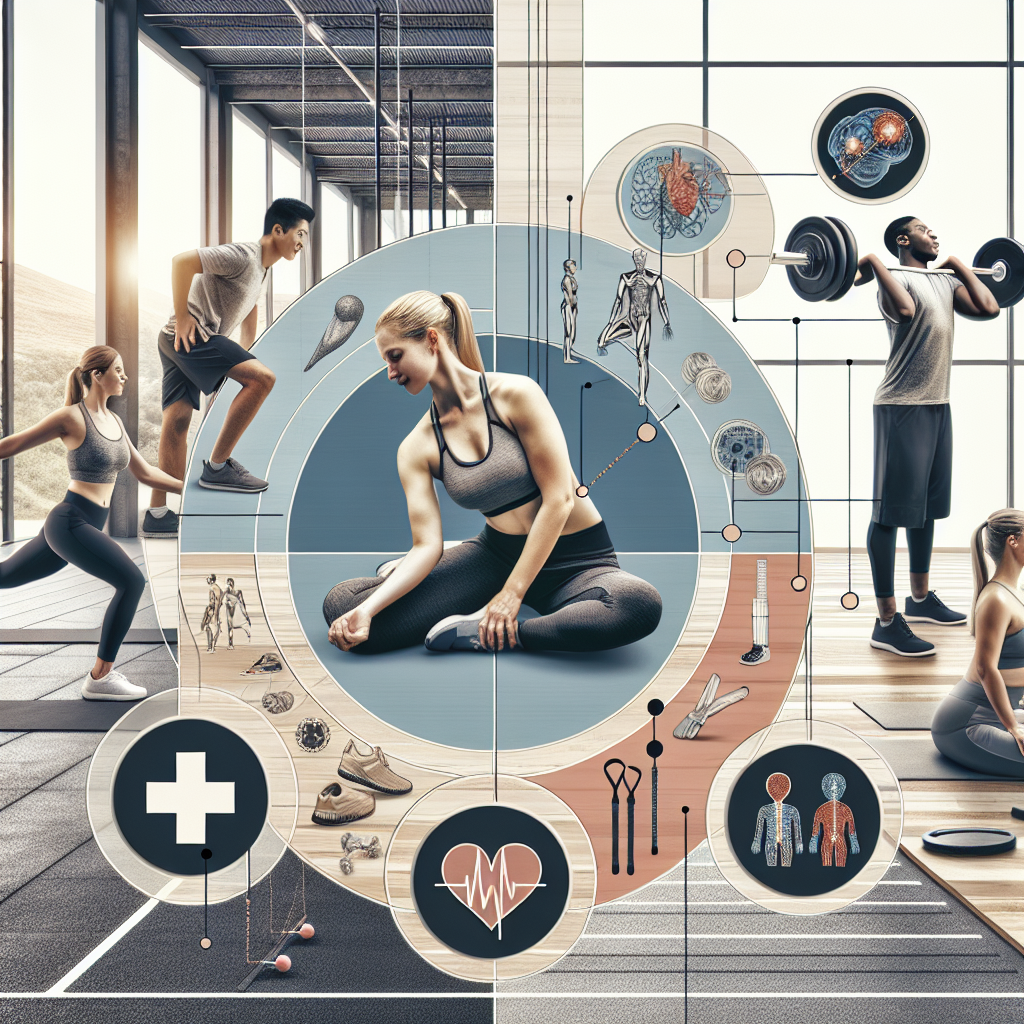Developing Body Awareness and Proper Movement Mechanics for Injury Prevention
In today’s fast-paced world, maintaining an active lifestyle is vital for overall health and well-being. However, engaging in physical activities comes with its risks, particularly when movement mechanics are not understood or applied correctly. In this blog post, we will delve into the importance of developing body awareness and proper movement mechanics to prevent injuries and enhance physical performance.
What are Movement Mechanics?
Movement mechanics refer to the way in which the body moves during physical activity. It encompasses the biomechanics of movement, including the coordination of muscles, joints, and the nervous system. Understanding movement mechanics is pivotal in optimizing performance and reducing the likelihood of injuries.
The Importance of Body Awareness
Body awareness is the ability to perceive and understand your body’s position and movement in space. It involves recognizing how your body feels during different activities. Developing body awareness leads to:
- Enhanced Coordination: With better body awareness, individuals can coordinate their movements more efficiently, leading to improved athletic performance.
- Improved Posture: Developing a sense of body awareness can help individuals identify and correct poor posture, which is crucial for preventing stress on joints and muscles.
- Injury Prevention: Being aware of how your body moves allows you to recognize the signs of discomfort or strain before they escalate into injuries.
- Mind-Muscle Connection: Improved body awareness enhances the connection between your brain and muscles, leading to more effective movement mechanics.
Critical Aspects of Movement Mechanics
Understanding certain key aspects of movement mechanics can significantly aid in injury prevention:
- Joint Alignment: Proper alignment of joints is essential during movement. Misalignment can lead to unnecessary strain and injuries. Focus on keeping your knees aligned with your toes during squats or lunges.
- Engaging the Core: The core stabilizes the body and plays a crucial role in maintaining proper movement mechanics. Engaging your core during physical activities helps in supporting your spine and preventing injuries.
- Active Range of Motion: It’s vital to understand your body’s range of motion. Performing exercises within your active range of motion can prevent overstretching and strains. Gradually increasing flexibility can enhance your overall movement mechanics.
- Foot Strike and Gait: Understanding how you walk or run can influence your overall movement mechanics. Proper foot strike patterns can minimize impact and reduce the risk of injuries.
How to Develop Body Awareness and Movement Mechanics
Developing body awareness and refining movement mechanics takes time and practice. Below are some effective strategies to help you on your journey:
- Practice Mindfulness: Engage in mindfulness practices such as yoga, Pilates, or tai chi. These activities promote body awareness and teach you to listen to your body’s signals.
- Focus on Form: Always prioritize proper form over quantity. Whether it’s lifting weights or practicing a sport, pay attention to your movement mechanics to avoid injuries.
- Seek Professional Guidance: Working with a qualified trainer or physical therapist can provide invaluable feedback on your movement mechanics. They can help identify areas for improvement and tailor a program that suits your needs.
- Incorporate Balance Training: Activities that challenge your balance, such as single-leg exercises, can enhance proprioception – your body’s awareness of its position in space, vital for good movement mechanics.
- Regularly Assess Your Movement: Periodically check your posture and movement patterns during daily activities. Being self-aware can help you make the necessary adjustments before injuries occur.
Common Mistakes to Avoid
In the pursuit of improved movement mechanics and injury prevention, there are common pitfalls to avoid:
- Pushing Through Pain: Ignoring signs of pain during exercise can lead to severe injuries. Always listen to your body, and allow for rest and recovery.
- Neglecting Warm-Up and Cool-Down: Skipping warm-ups can lead to strains, while neglecting cooldowns may result in tight muscles. Both are essential for injury prevention.
- Overtraining: Not giving your body adequate recovery time can lead to burnout and injuries. Balance is key.
Conclusion
Understanding movement mechanics and developing body awareness are integral components in preventing injuries and maximizing performance. By focusing on these areas, you can enhance your physical capabilities while reducing the risk of injury. Remember, practice and patience are key—take your time to develop proper movement mechanics and listen to your body as you progress on your fitness journey. Your body will thank you!
Call to Action
If you found this article helpful, share it with others who might benefit from understanding the importance of movement mechanics and body awareness in injury prevention. For personalized guidance, consider scheduling a consultation with a fitness professional to help you on your journey!


